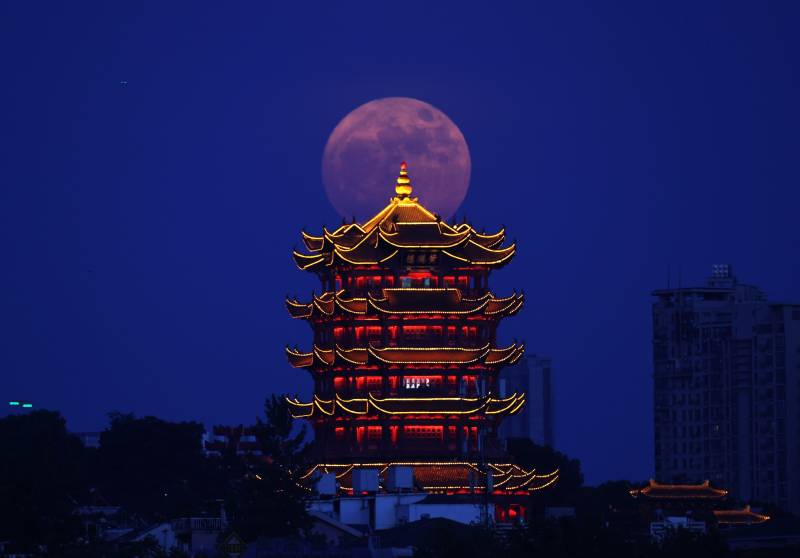The last time in the year to catch a supermoon, the biggest and brightest of full moons, begins soon.
The astronomical event started Wednesday, but isn’t expected to be visible to the naked eye until 9:36 p.m. EDT Thursday and will stay in that phase until Saturday morning, according to NASA.
It is the fourth and final supermoon of the year.

9(MDAxOTAwOTE4MDEyMTkxMDAzNjczZDljZA004))
